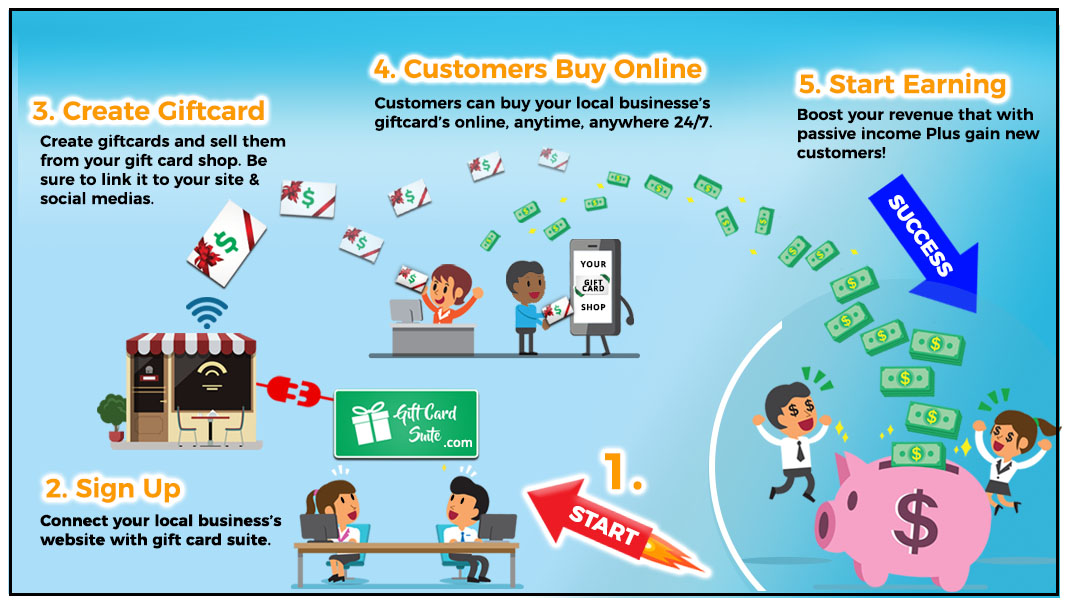Laser etching on glass can add colorful, tailored layouts to a variety of products. This flexibility is just one of the key benefits of laser innovation over other engraving techniques.
Prior to you engrave your glass items with the laser, be aware of a few common problems that can develop. These ideas will certainly aid you attain the best results possible.
How Laser Engraving Works
Laser engraving is a prominent technique for etching and customizing products. It is a procedure that can be executed on a wide variety of materials, including glass, wood and metal. Laser engraving machines can produce very comprehensive designs, with fine lines and accurate cuts. Using this technique, you can create customized awards and other products that are sure to impress.
To achieve the desired results, initially, you will certainly require to conceive the layout. This will certainly aid you to determine what kind of picture or message you wish to etch on the surface. Then, you will need to transform your principle right into an electronic visuals. This can be made with visuals style software application, such as Adobe Illustrator or Inkscape, and then saved right into a documents layout that works with your laser engraver.
When the etching files are prepared, it is time to start preparing the material for laser noting. This can be done by using a black mask that is created particularly for laser use. The dark color of the mask reflects laser light, and helps to decrease any type of warmth that would certainly or else harm the surface area.
Restricting Damaging
When the laser beam of light strikes the surface of glass it instantly heats the material up. The abrupt home heating triggers microscopic fractures to the surface area. The splits and cracks produce the appearance of inscription, etching or frozen glass.
The varying compositions of various sorts of glass can impact how the material responds to the laser. It is necessary to very carefully evaluate your laser settings on an example item of glass before starting a work. Specific emphasis is likewise crucial for tidy, regular results.
To improve the top quality of your inscriptions try using a dark paper to secure the glass from the laser. The specialized dark paper has a finishing that absorbs the laser energy and permits the etching to take place. The dark paper can be gotten rid of when the engraving is full. It is additionally suggested to use a reduced resolution and decrease the amount of black in the graphics as this will certainly help reduce micro-fracturing. A Jarvis dithering pattern can also be related to the graphic in the laser driver setups to randomize and separate the dots of the design and more decrease the amount of micro-fracturing.
Preparing the Surface area
Laser marking on glass and plastic supplies a variety of practical uses, from item traceability (like date codes or whole lot numbers) to 3D noting within the material itself. It's additionally utilized for decor and style in industries like the auto, food, and telecommunication industries.
Getting great results from laser inscription on glass depends in part on the prep work of the surface. Maintaining the material clean of dirt and grease aids the laser permeate much deeper and much better. Masking the surface area with a paper towel or newspaper a little larger than the etching area can additionally decrease the results of warm on huge areas, monogrammed glassware styles aiding to lessen chipping and boost overall inscribing quality.
Layout and laser control software application can additionally impact just how well the process functions. Programs like Adobe Illustrator or Corel Draw aid you create and change your designs while programs like LightBurn or LaserGRBL regulate the laser's settings.
Getting going
Laser engraving on glass is rapid and effective, developing a high-end appearance that enhances items and strengthens brand identification. While some may watch out for working with this fragile material, a little time and persistence will certainly assist make certain gorgeous outcomes.
Using a commercial laser, you can include ornamental patterns, messages, or tailored designs to products like drinking glasses, bottles, pitchers, and more. The procedure is non-contact, reducing the danger of damage even on rounded or breakable surfaces.
To make best use of laser efficiency, you'll intend to spend a long time trying out the settings for your particular equipment and glass type. Refining these settings will certainly minimize energy usage, improve general engraving quality, and minimize the chance of mistakes or damage. For instance, you can boost the resolution and reduce the black level of your graphics to use less laser power. In a similar way, using a Jarvis dithering pattern will divide and randomize the dots in your graphics to better reduce laser warm use.
